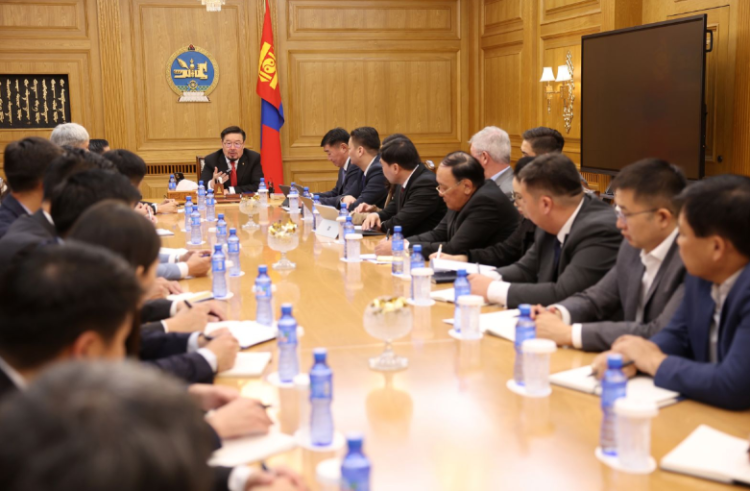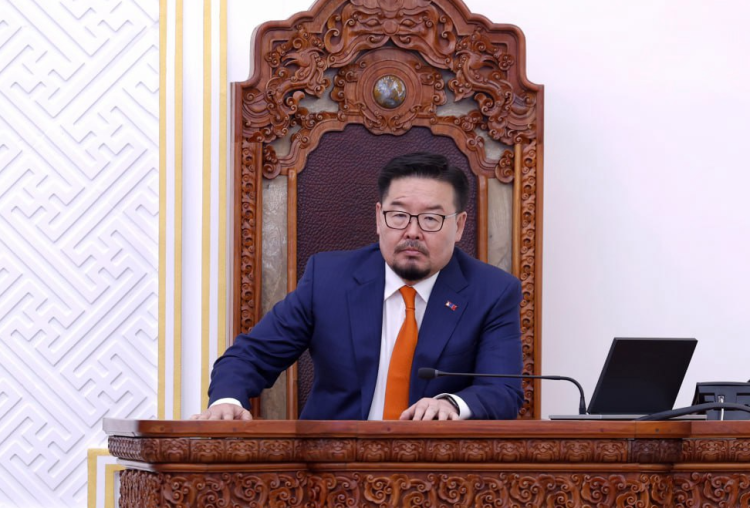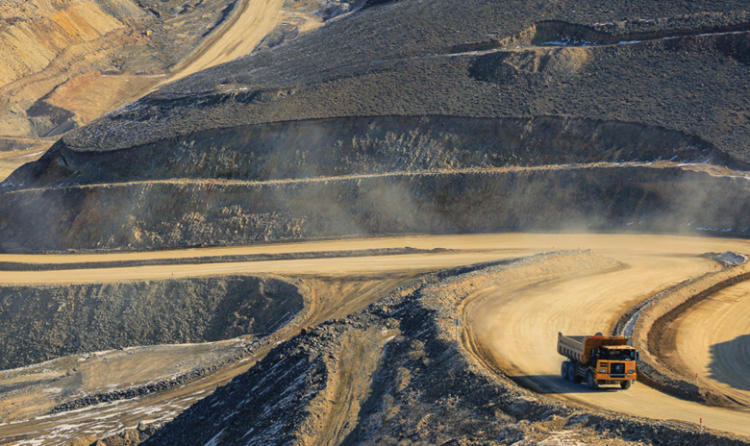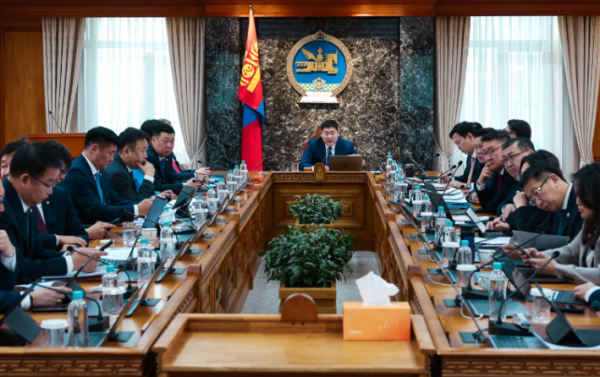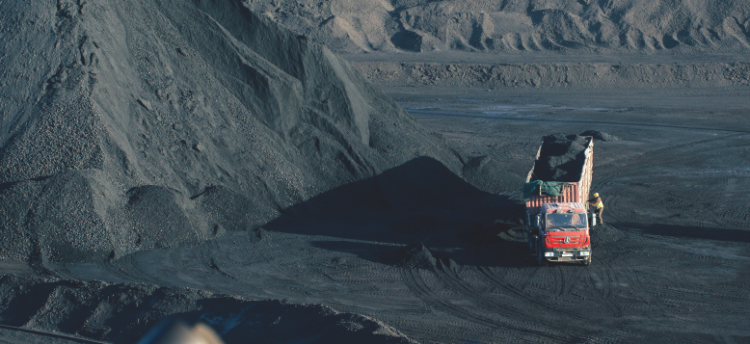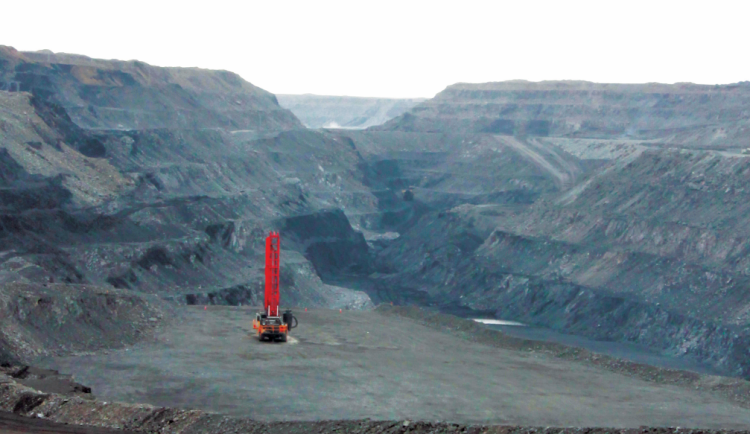bolderdene@mininginsight.mn
•Mongolians are in the process of recognizing the value an benefits of their natural resources.
•The construction of mining infrastructure that stalled for more than a decade has been completed.
•Mongolia is trying to keep up with the wave or critical minerals.
Mongolia wants to use its natural resources more efficiently and reap greater benefits. To reach this goal, the country needs to recognize the true value and benefits of its natural resources. The process of cognition is in full swing. It is related to governments and their agencies, local authorities, citizens, civil society organizations, and companies. The mining sector has been plagued by corruption, injustice, misunderstandings, political and social divisions, and populist decisions over the past decade. These problems have been hampering the country’s development. But the country is now trying to recognize, understand, and correct their past mistakes a little.
The government is working hard to correct two major mistakes of the past, such as failing to take full advantage of the 2010 commodity price supercycle.
Mongolia was embroiled in a dispute over the construction of a 280-kilometer railway to export coal ten years ago. The topic went beyond mining and business to a populist political “fight.” Prime Minister Oyun-Erdene.L stated for the first time “The lost opportunity cost amounted to MNT 80 trillion, which equals the total foreign debt of Mongolia”. He also emphasized that it was a good experience that should not be repeated. As a result of four years of active work, we are completing the construction of about a 700 km-long two-way railway that will deliver coal from the Tavan Tolgoi residual deposits to the Gashuunsukhait, Khangi, and Zamyn-Uud ports. Construction has also begun on the remaining 200 km long route to Khangi railway. The first container freight will start running on the railway by the end of the year. Expansion and modernization of border crossings and terminals will be completed at the same time.

With the commissioning of the railways, it will be possible to annually transport and export at least 50 million tonnes of goods, which will have a significant economic impact. The construction of a railway in the region where the largest copper and gold deposits have been discovered will undoubtedly be an important support for the development of new deposits. This is an attempt to correct the mistakes of failing to build mining infrastructure. Second, the government is trying to intensify mineral exploration. The policy of reducing the number of exploration licenses, which began in 2012, seems to be coming to an end. Mongolia has 894 exploration licenses covering only 4.4 million hectares, the worst performance in more than 20 years. Its share in the total territory is only 2.8 percent. That’s why the Minister of Mining and Heavy Industry Yondon.G is preparing to start issuing new exploration licenses and increase the number of existing licenses by at least 50 percent this year.
Behind the government’s policy of intensifying mineral exploration is the ambition to keep up with the wave of critical minerals. If the country intensifies exploration, it has an opportunity to reveal the discovery of more than 10 raw materials belonging to the group of critical minerals, including lithium.
Therefore, the policy is currently aimed at using the country’s available resources. The search for important partners that collaborate to formulate and implement goals is already underway. In order not to repeat previous mistakes, preliminary studies and estimations are in high demand. A person on a long journey should not stumble on the first stone. However, Mongolia has a lot of work to do.
There are many issues to address to keep up with the critical mineral boom and to set up the legal and tax environment following the examples of Australia, Canada, and South America. In any case, Mongolia is working to increase the number of mineral exploration licenses and digitalize the licensing process for ministries and agencies to ensure openness, transparency, non-bureaucratic, and expeditiousness of public services to foreign investors. It has become clear that error correction will not leave the mineral sector without control measures and strict policies. So the expansion of the mining sector is still a major challenge for local citizens and authorities. The government has not yet found an effective way to overcome this challenge. There are some initiatives to gain the support of local people and the public. For example, the adoption of the Law on Wealth Fund is aimed at making natural resource revenues accessible to all citizens by concentrating them in the fund, and cooperating with foreign investors through state-owned enterprises; the revised Minerals Law clearly defines the rights and responsibilities of local authorities and seeks to support local government in mineral exploration and mining activities.
Official sources told informally that it touches on several issues. The mining sector is carrying heavy burdens such as economic difficulties especially, the COVID-19 restrictions and quarantine, the balance of payments deficit, and the business shrinkage. Besides the foreign and domestic loans and aid, these figures show that the increase in mining revenues has been financed by a big proportion of the state budget. In addition, two large state-owned companies paid more than MNT 1 trillion for electricity, heating, and water provision to all households, while the underground mining operation at Oyu Tolgoi is proceeding normally, generating a major flow of foreign investment.
The short-term policy of the Government of Mongolia is transparent and very clear. To increase mining exports, the country is working to complete the construction of infrastructure and improve the capacity of border crossings.
Cabinet ministers are confident that the first results will come by the end of the year. However, medium and long-term policies depend on the process of recognizing the value and benefits of natural resources.
Mining Insight Magazine, May 2022





